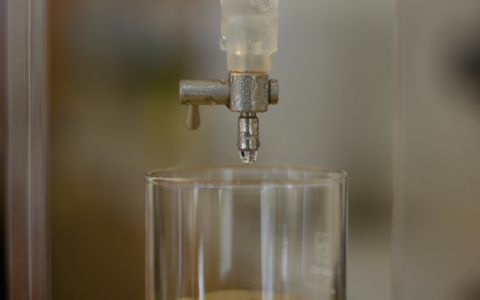Jakarta is the clear winner in the air pollution rankings. This victory is more of a demonstration of defeat in the fight for a better environment. Further delays in addressing the air quality of Indonesia's metropolis will cause 10,000 deaths annually and increase the costs resulting from economic losses.
Jakartans have gained some hope for a more favourable livelihood thanks to a court ruling. This ordered the state to defend civil rights to a clean environment in 2021. Even after two years, the air quality has mostly stayed the same. The metropolis of 30 million people is still plagued by fine particulate matter, sulphur dioxide, and nitrogen oxides. Particulate matter levels are several times higher than the WHO recommended limit.
Up to 2.5 years less life
There are a few types of sources of air pollution in Jakarta. The primary contributors are individual transport and industrial plants located close to the city. Coal-fired power plants and factories in neighbouring regions affect the air there more. They are located within 100 km of Jakarta in the provinces of Suralaya, Banten, and West Java. From here, substances hazardous that are health transmigrate to Jakarta, where the concentrations are many times higher than at the source.
This results in a higher proportion of so-called non-infectious diseases in Jakarta. These include respiratory problems, lung cancer, heart disease, premature births, diabetes, etc. These diseases accounted for up to 79 per cent of deaths in Jakarta in 2019. According to the Air Quality Life Index study, the life expectancy of long-term residents in Jakarta can be reduced by up to 2.5 years.
The government is not addressing the problem but is challenging the court's decision
Since the 2021 ruling, the Indonesian government under President Widodo has been unable to do anything but challenge the court's decision. It has delayed the validity of the decision and thus gained more time for itself.
But this time could have been spent addressing data transparency, limiting discharges, and investing in more environment-friendly technologies. Syuhada's article calculated that the economic losses in 2019 resulting from PM 2.5 and ozone pollution were $2,943 billion. This is equivalent to 2.2 per cent of the annual GDP of the entire Jakarta region. In addition, according to the study's authors, poor air quality takes the lives of 10,000 people annually. 5000 people are hospitalised with cardiovascular problems, and 7000 children have unrecognised health consequences.
Ignorance is not just sweet. It can kill
We need to push for more data and awareness to slow down this rollercoaster of problems. That is why it is imperative to implement a Pollutant Release and Transport Registry (PRTR) in Indonesia, which would provide data on the release of various substances into the air and the quantities of these substances in the waste stream. This is similar to the Integrated Pollution Register (IPR) used in the Czech Republic.
Because of the limited visibility of pollution levels and their impacts, the state pays the price for lower staff efficiency, more sick days, and higher patient treatment costs.







